With VALORANT’s competitive scene just over a year old, the meta is constantly evolving as new agents and maps are released. While various compositions have made professional appearances during that time, one team pulled out a unique triple-initiator strat in North America last week.
100 Thieves pioneered a three-initiator lineup in the NA VCT Stage Three: Challengers Playoffs, pairing new agent KAY/O with Sova and Skye. The comp focuses on gathering intel, using that information to push out, take map control, and identify rotations. And even though they fell to Sentinels in the grand finals, team captain Spencer “Hiko” Martin and tac shooter vet Joshua “steel” Nissan believe the comp can be powerful if played properly.
“With the triple initiator, we have so much info we can get,” Hiko told Dot Esports after 100 Thieves’ upper final loss to Sentinels on Aug. 13. “I think that, on a normal day, we should be able to get more info and play more reactively than other teams that play more defensive comps… We should be able to play more aggressive and get more info than they could, to know where to play, and how to rotate, and where to push.”
100 Thieves won four of seven matches when using triple initiators during last week’s event, with steel on KAY/O, Hiko on Sova, and Ethan Arnold on Skye. And two of those three losses came against Sentinels, who are arguably the best team in the world. Despite the strat not panning out in every match, its strengths are clear—play aggressive and gather intel.
The comp was brought out on Haven and Ascent, large maps where last-second rotations and lurkers are common. And it makes perfect sense. KAY/O’s ZERO/point and Sova’s Recon Bolt are free abilities with a cooldown, letting players use them at least twice per round to spot stragglers. And Skye’s Guiding Light, Trailblazer, and Seekers are all top-tier abilities for locating an enemy team.
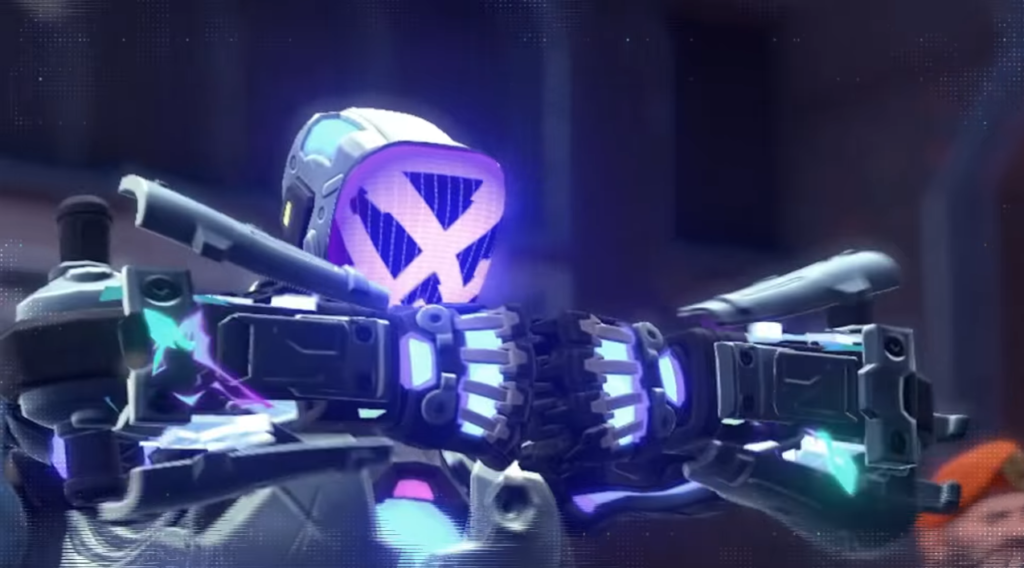
With three initiators, 100 Thieves can identify enemy positioning, push out aggressively, and claim map control. When things go quiet in the middle of a round, it only takes one ability to find your opponents. And it can provide a nifty counter to sentinels when retaking sites, with KAY/O having the unique ability to silence enemies and disable traps.
The triple-initiator comp appears to have good potential, especially if opposing teams don’t have experience playing against it. But steel didn’t think 100 Thieves “played it properly” in their upper finals match against Sentinels.
“We didn’t have mid-round info, we didn’t have push-up positions,” steel told Dot Esports. “I think, generally speaking from our practices, we are able to figure out where the enemy is, exactly who’s where, how many are there, and we’re able to pivot and respond accordingly… We just need to stay on top of that and not let our weaknesses be as weak as possible, and we need to play to our strengths and that’s something we just didn’t do.”
Hiko echoed those sentiments, believing 100 Thieves needed to be more “aggressive” and “active” against Sentinels. Since the comp lacks the duo of Astra and a sentinel, sitting back and waiting for the opponent to come to you isn’t ideal.
And not everybody is a fan of the strat. Sentinels’ Jared “zombs” Gitlin addressed the comp in a press conference following his squad’s grand finals victory, criticizing triple initiators for lacking meaningful utility.
“I think their composition is not how the game should be played,” he said. “You’re missing utility that’s necessary, that you need in the rounds, and that they just don’t have.”
Despite the comp’s mixed results during Challengers Playoffs, it clearly worked well enough to help 100 Thieves qualify for Masters Three: Berlin. And while Hiko says they might “reevaluate” aspects of triple initiators, it’s unclear if any major changes will happen in the short term.
“We qualified for Berlin, we beat the two teams we needed to beat, we have our spot,” he said. “So whether it works against Sentinels and everybody else, we’ll have to reevaluate that. I personally don’t see us necessarily changing comps for the rest of [the Challengers Playoffs], but possibly looking at some of our strategies and figuring out what went wrong and how we can fix it.”
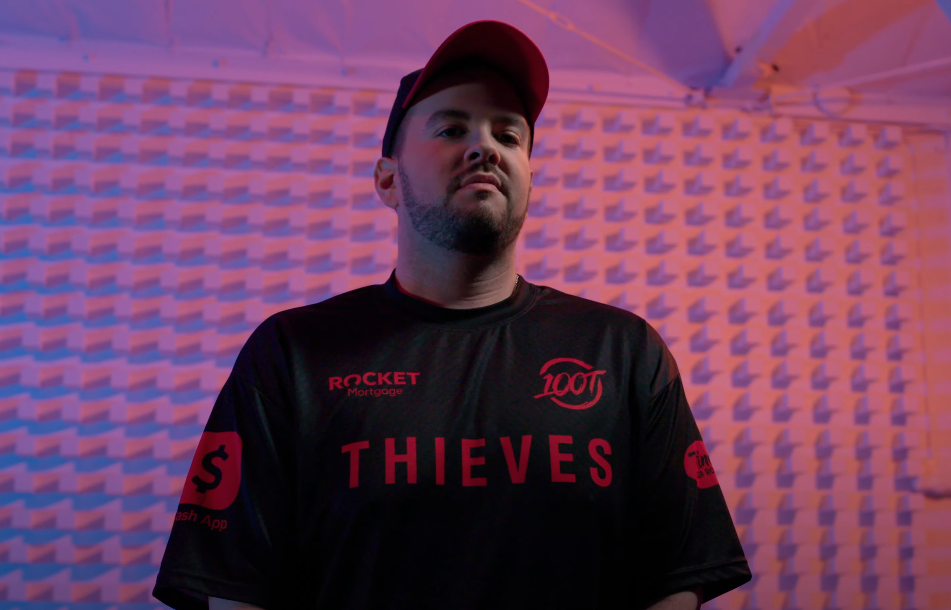
This triple-initiator comp isn’t the first niche strat to make its way into the competitive scene. After Patch 1.11 nerfed sentinels in October 2020, TSM started running a triple-duelist comp that focused on uber-aggression, storming sites, watching the flank, and wreaking havoc. This helped them secure second place at First Strike: North America. And 100 Thieves themselves introduced a two-sentinel comp during Masters One, ditching the second duelist for a more defensive playstyle meant to counter aggression.
Not every comp is going to stand the test of time, especially with the ebb and flow of the VALORANT meta. And while 100 Thieves’ triple-initiator comp might fizzle out in a couple of months, it can just as easily shock the international scene in Berlin.
Make sure to follow us on YouTube for more esports news and analysis.


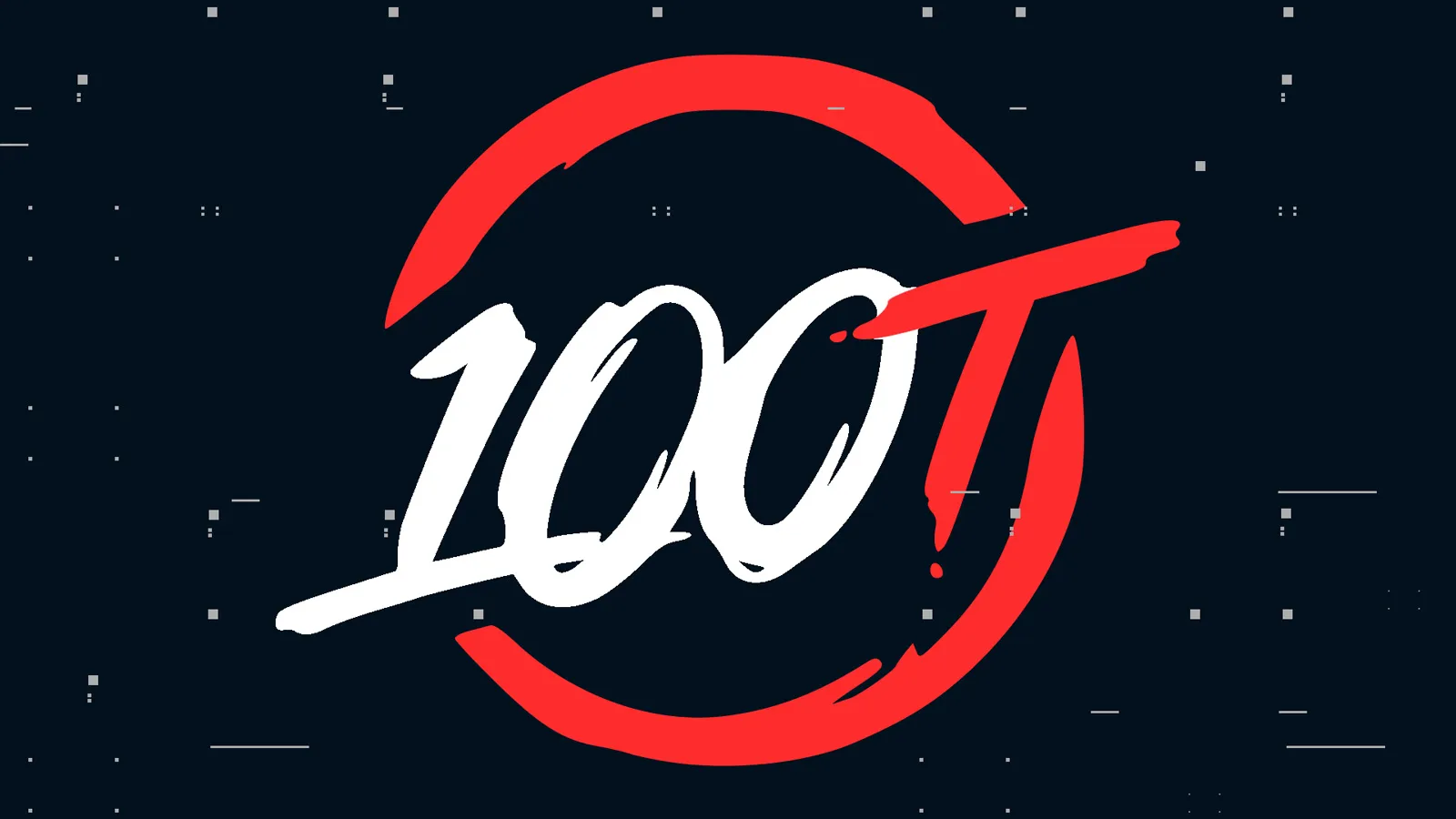
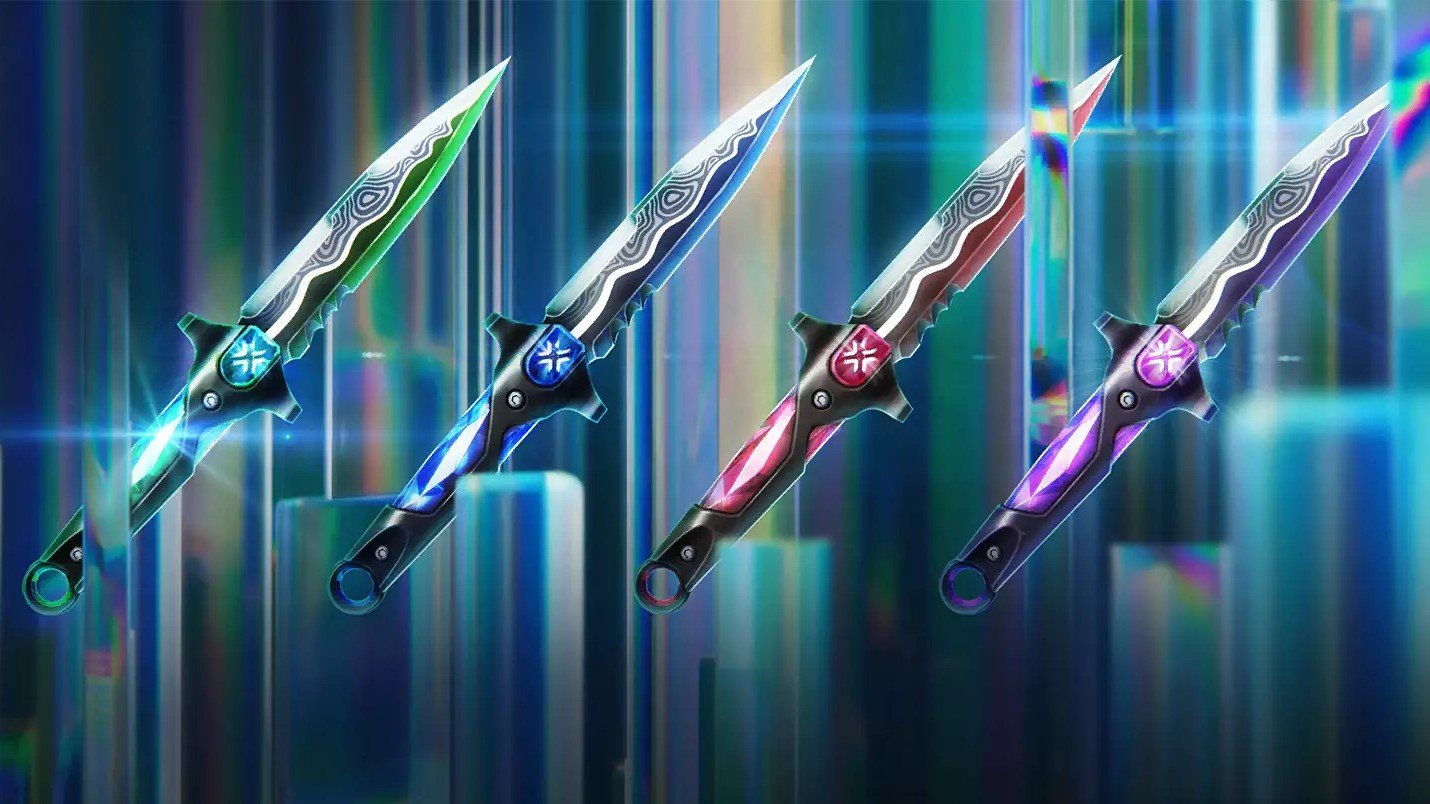
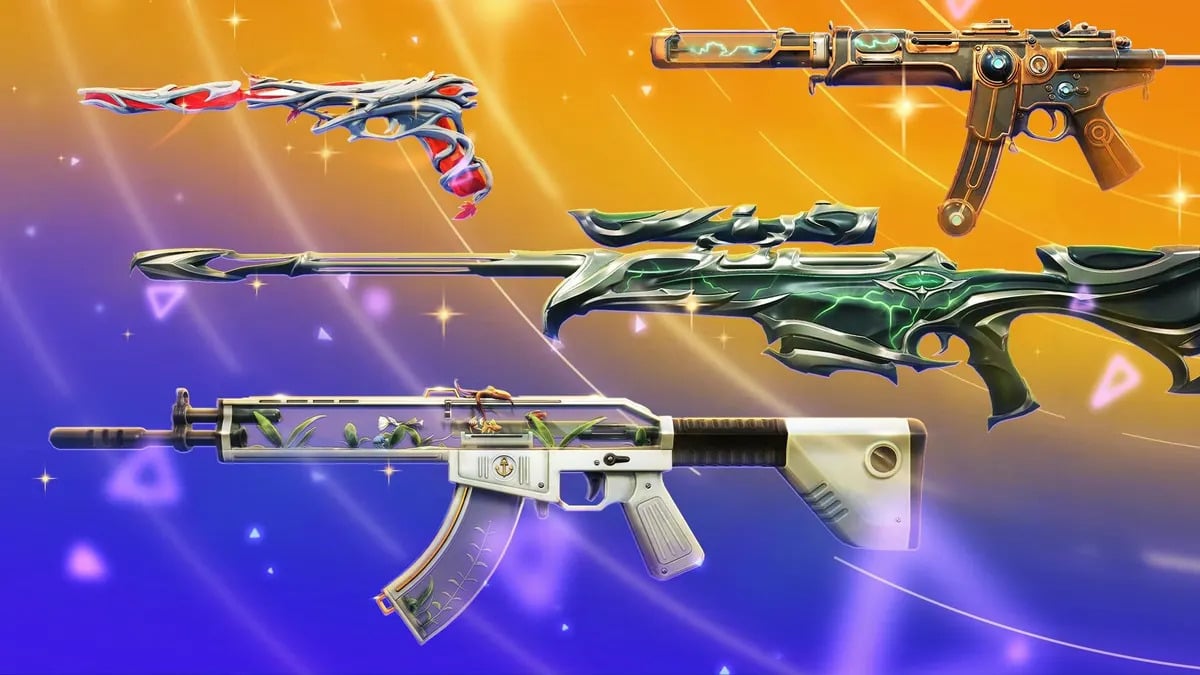
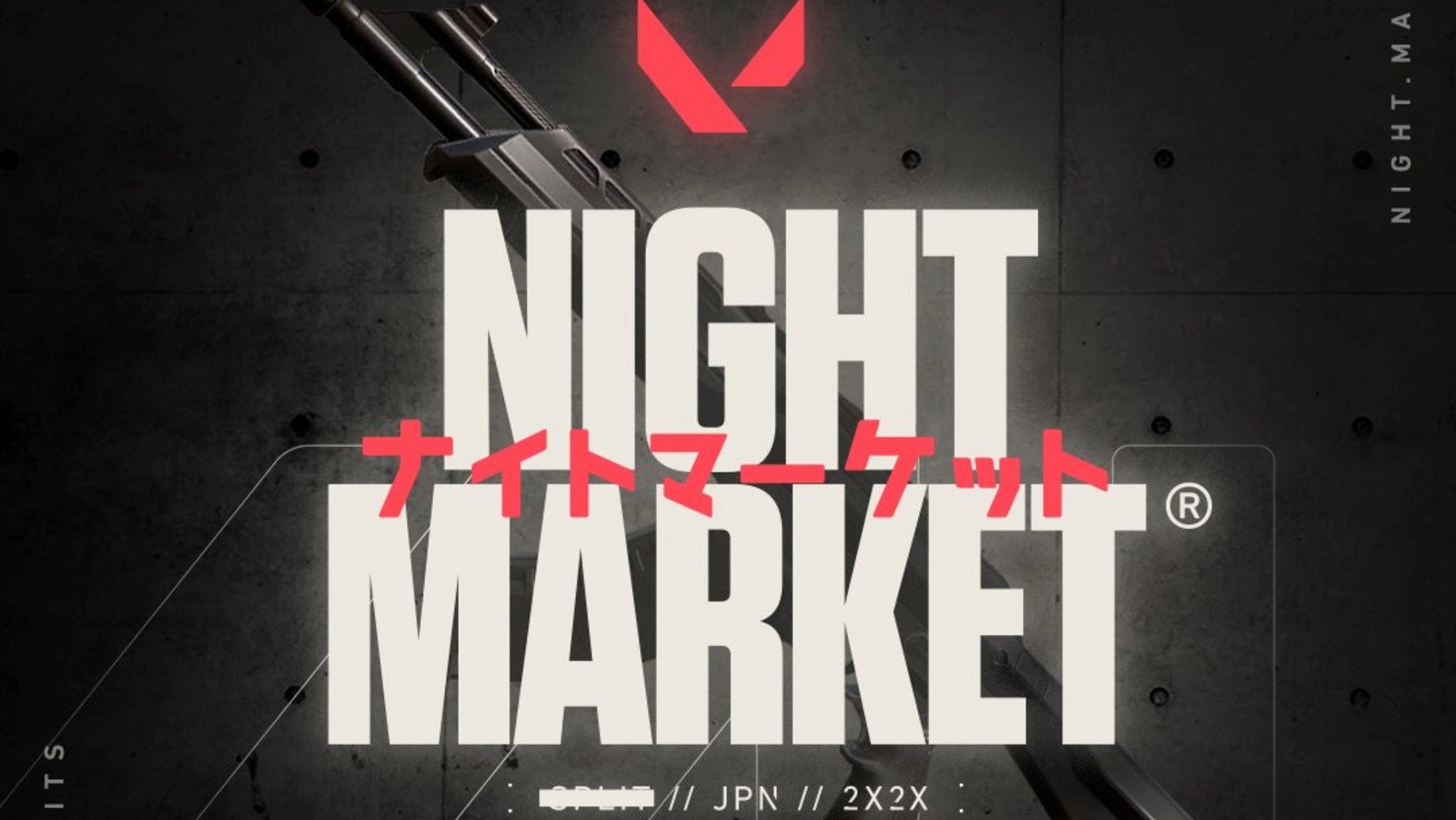

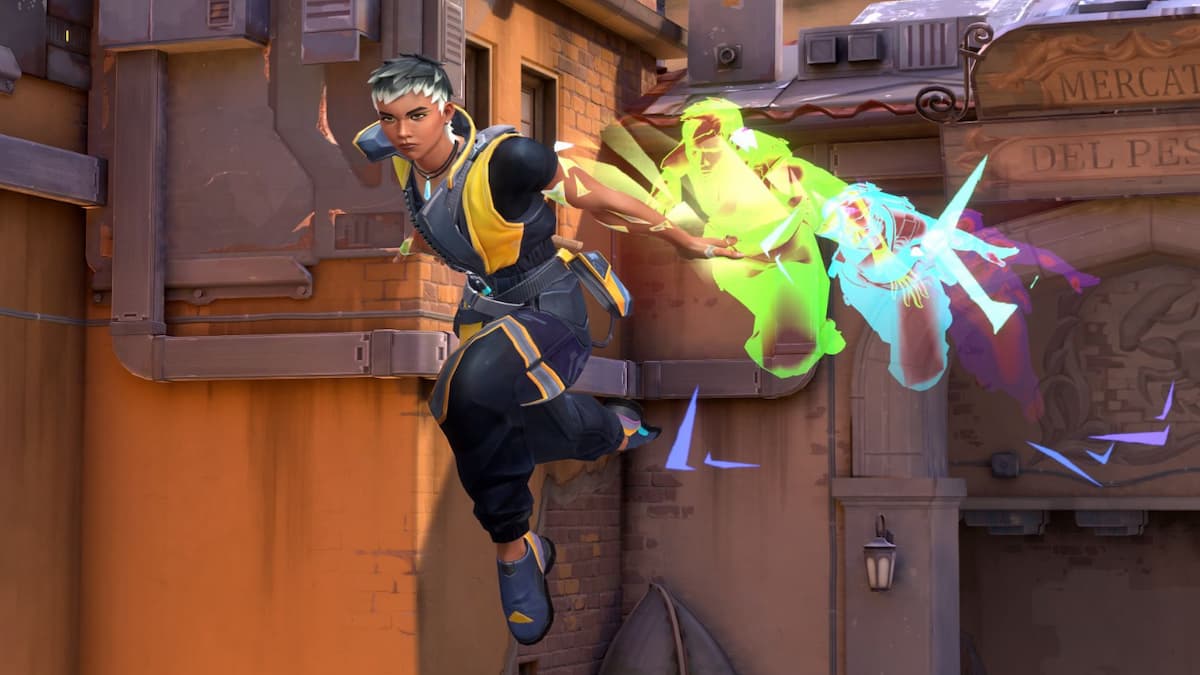

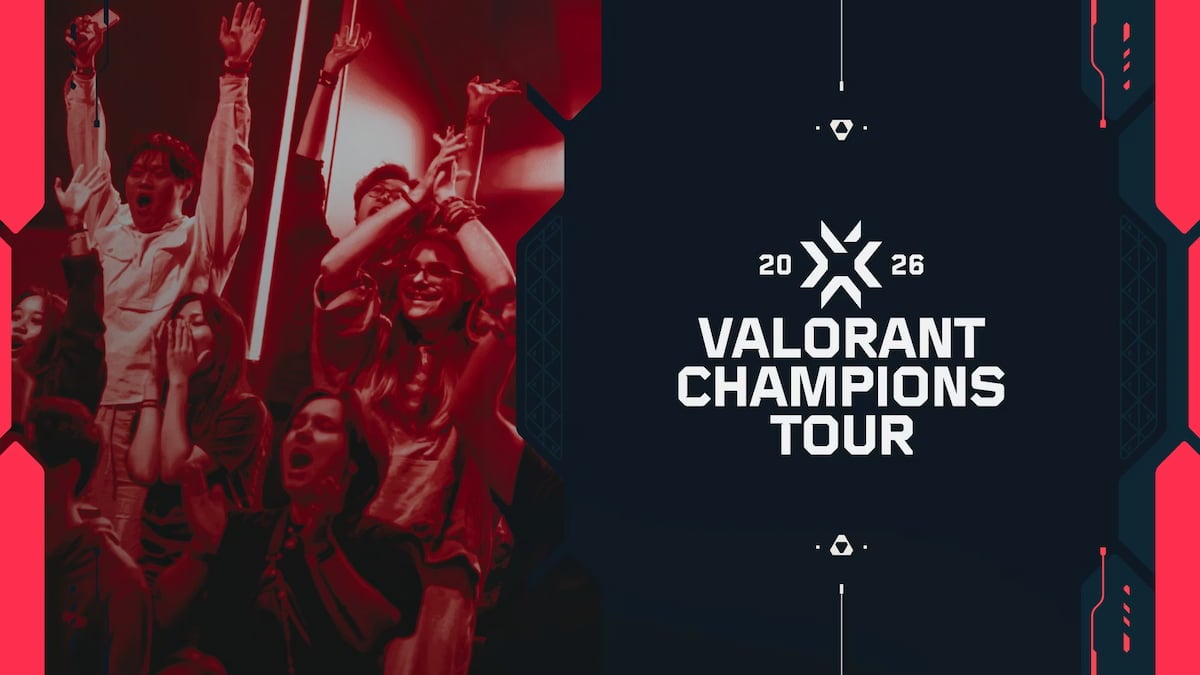
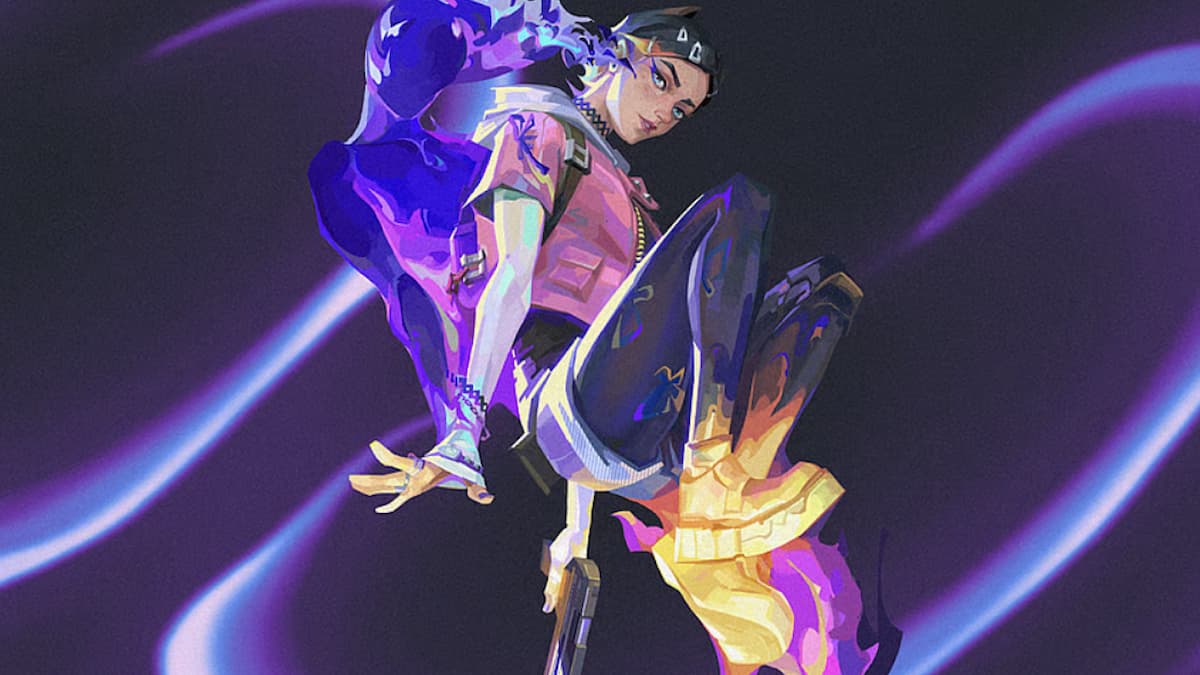
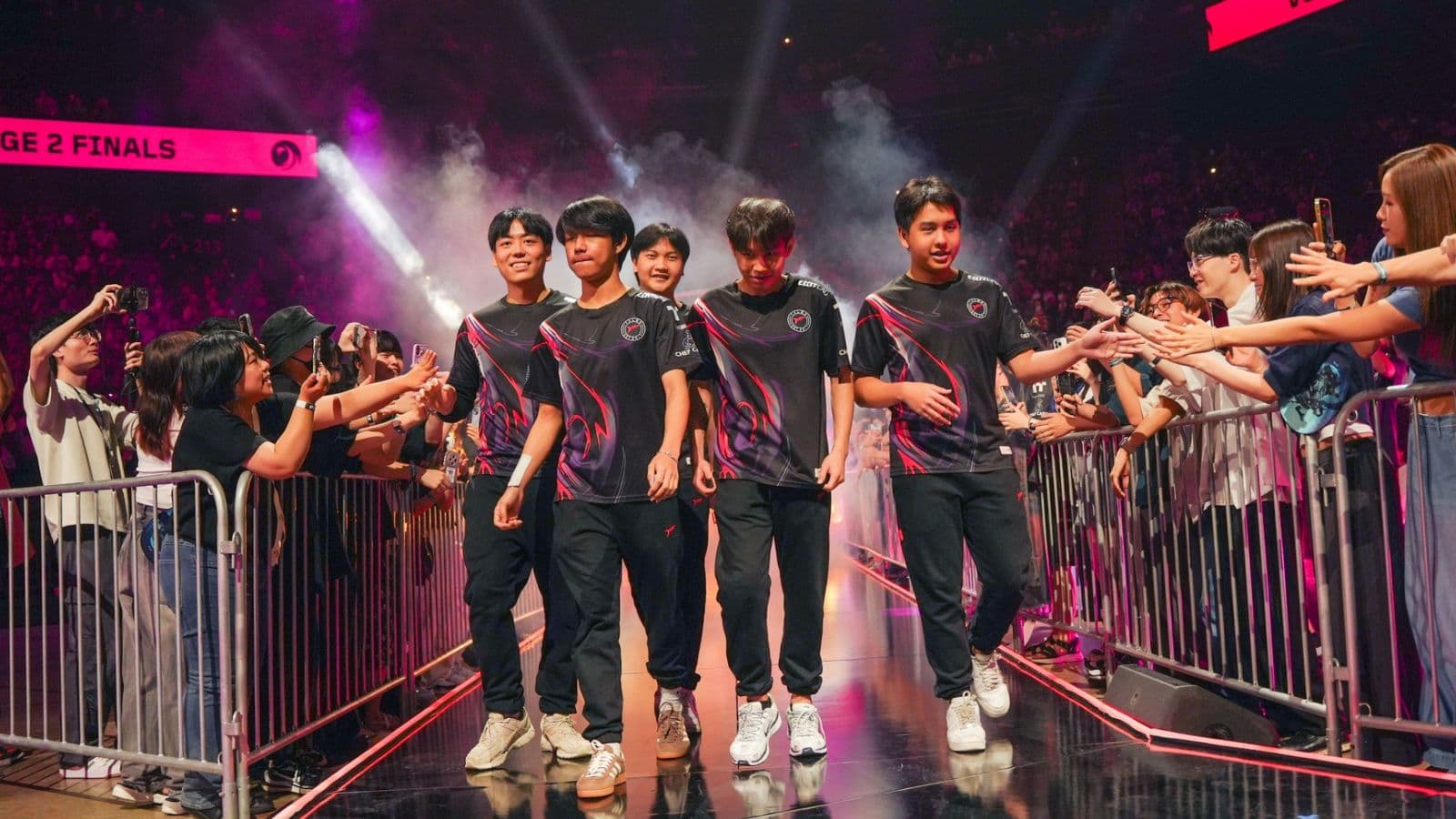
Published: Aug 19, 2021 01:32 pm